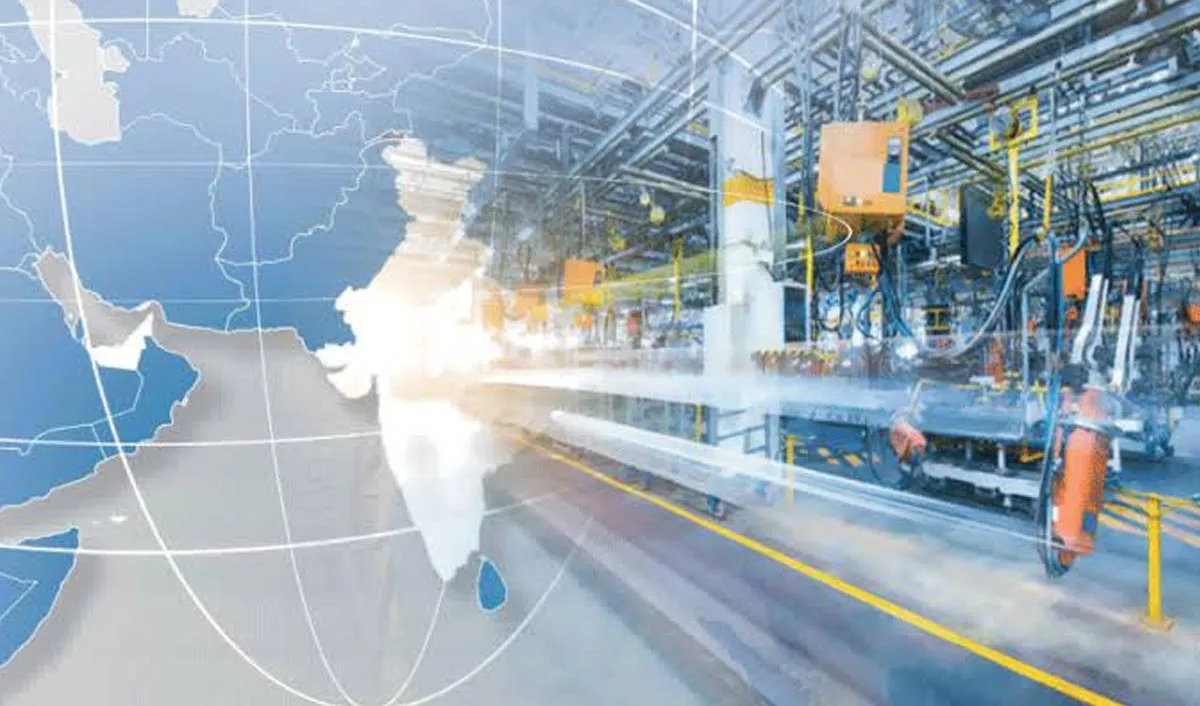
In today's fast-paced manufacturing landscape, mechanized marvels such as hydraulic presses are at the forefront of technological advancement, revolutionizing how industries operate. These powerful machines enhance efficiency, precision, and production capabilities across various sectors.
The impact of industrial machines like hydraulic presses is vast, offering key solutions to modern manufacturing challenges. They optimize production processes, reduce operational costs, and improve quality, positioning both manufacturers and suppliers for sustained success.
Hydraulic presses are a staple in industrial machinery, applying force through hydraulic cylinders to compress materials. Their versatility makes them indispensable in industries such as automotive, aerospace, and metal forming.
Hydraulic presses offer unparalleled precision and control. With adjustable force outputs, they can handle various materials and tasks, from metal forming to plastic molding. This adaptability makes them a favorite for manufacturers seeking flexibility in production.
The introduction of mechanized machines like hydraulic presses leads to significant cost reductions. By minimizing manual labor and maximizing output, companies can achieve higher productivity and efficiencies resulting in reduced operational costs.
While hydraulic presses are vital, other machines also contribute significantly to the modern manufacturing milieu. These tools complement each other, creating streamlined operations and improved product outcomes.
| Machine Type | Main Functionality | Starting Price |
|---|---|---|
| Hydraulic Press | Forming and molding materials with force | Varies, typically from $10,000 USD |
| CNC Machine | Precise material shaping and cutting | $50,000 USD |
| Industrial Robot | Automated assembly and material handling | $25,000 USD |
The integration of hydraulic presses and other industrial machines in manufacturing is undeniably transformative. As technology evolves, these mechanized marvels will continue to shape the future of industry. Explore these solutions to elevate your manufacturing capabilities and stay ahead in the competitive market.